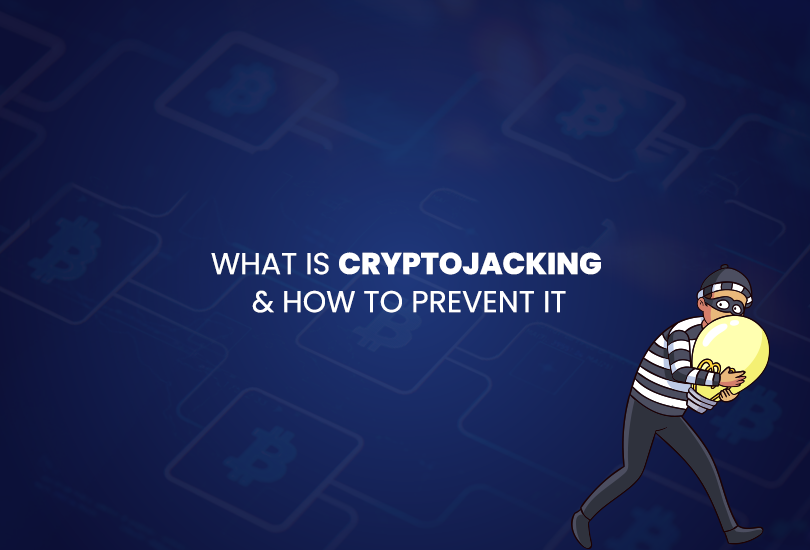Do you know what is the difference between a DoS and a DDoS attack? In a DoS attack, the prior involves a single computer threatening your system, whereas the DDoS is synchronized using multiple computers. Both are malicious attempts deployed by unauthorized hackers to threaten the systems of any individual or organization.
This detailed blog post will help you precisely comprehend the difference between the DoS & DDoS attacks and how one can counteract them.
What is a DoS Attack?
In a DoS attack, a computer is used to overflow the server with TCP and UDP data packets that jampack the server with overloaded information & make it unavailable. The primary purpose of DoS is to shut down individual systems for a certain period.
DoS attacks are numerous; we have mentioned them all below.
Buffer Overflow Attack
This DoS attack overloads your server with network traffic that makes your system idle or unresponsive.
Ping of Death or ICMP Flood
Ping of death is a type of attack mainly used to send spoof packets to unconfigured and misconfigured networks.
SYN Flood
In the SYN Flood type, an incomplete connection request is sent, becoming an inundated connection request.
Teardrop Attack
This DoS attack is made while sending IP data packets to the networks. After receiving the data packets, the network then starts compiling the received data packets. This compilation process obscures the system, which, however, crashes the network.
DoS attacks have become the most common yet highly significant cybersecurity threats that multiple organizations face almost daily. DoS doesn’t cause data loss or any considerable hassle, but the disruption and service downtime can be huge.
What is a DDoS Attack?
DDoS is a type of DoS attack in which multiple systems target a single computer while sending malicious traffic! In this cyber-attack, the attacker targets a single system from multiple locations and sets the system offline. In DDoS, the attacker incorporates many machines, making it difficult for the victim to detect the origin of an attack.
Moreover, it becomes quite difficult for the victim to recover from DDoS attacks as they are usually formed by using remote devices or other infected computers, known as bots and zombies. Attackers from a botnet of infected machines manage them to infect another device via a command-and-control server.
DDoS attacks are formed using multiple techniques, and these are as follows.
- Application attacks
- Server protocol attacks
- Traffic-volume-based attacks
DDoS Attack Symptoms
In case of DDoS, your server or computer will come up with the following symptoms:
- A flood of spam emails
- Frequent internet disconnections
- Locking of the system
Protect Your System Against DDoS Attack
The following measures can prevent a potential DDoS attack:
- Scrutinizing unusual traffic surges
- Configuration of connection settings to deny access to half-open networks
The Difference Between DoS & DDoS?
The primary difference between DoS and DDoS is that the initial attack is made using overloaded data packets, whereas DDoS involves several systems to make a single system unavailable. We have shared some other differences to help you comprehend both subtly.
| DoS | DDoS |
|---|---|
| Initiated by a single computer | Initiated by multiple computers |
| Packet influx is formed using a single IP | Packet influx is formed using multiple IP |
| Slow down network speed | Fast-paced network speed |
| Less harmful to the system and data | Severely harmful to data and network |
| Easy to detect and prevent systems | It’s hard to detect and prevent systems. |
Conclusion
Cyberattacks have become a reality that no one can deny! It demands high-end data security tools to protect your system against malware. Whether banks or government organizations, they have faced and are still fighting against DoS & DDoS attacks. Organizations need to be highly active to protect themselves against these attacks. We hope our guide will help you identify DoS & DDoS and help you form a strong security system to fight against them in the future.






